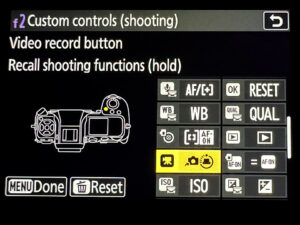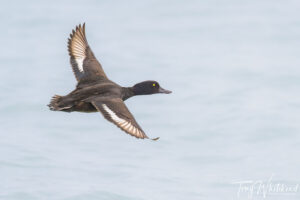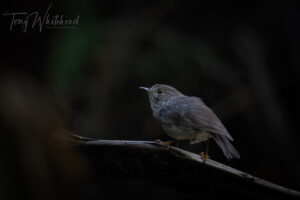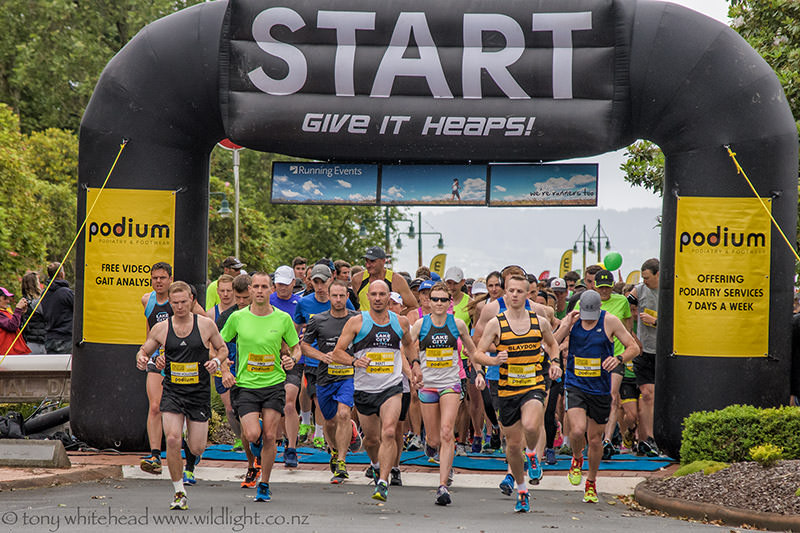
It has been many years since a crop sensor camera has been my main DSLR body. Today I photographed the Rotorua Half Marathon as Paul was running. My normal gear for an an event like this is the Nikon D3s with 70-200m f2.8 lens but today I decided to use the D500 with the Nikon 24-120mm f4 to get another perspective on the Nikon D500. The total combination of camera and lens was much lighter (1,64kg vs 3,1kg) and gave me a focal length equivalent of 36-180mm so I was sacrificing a little on the long end but gaining significantly at the wide end. I am normally trying to isolate runners within the field and have to forgo the wider environmental pictures unless I carry a second body and lens. I really enjoyed the flexibility of a light body and lens combo that let me cover both scenarios.
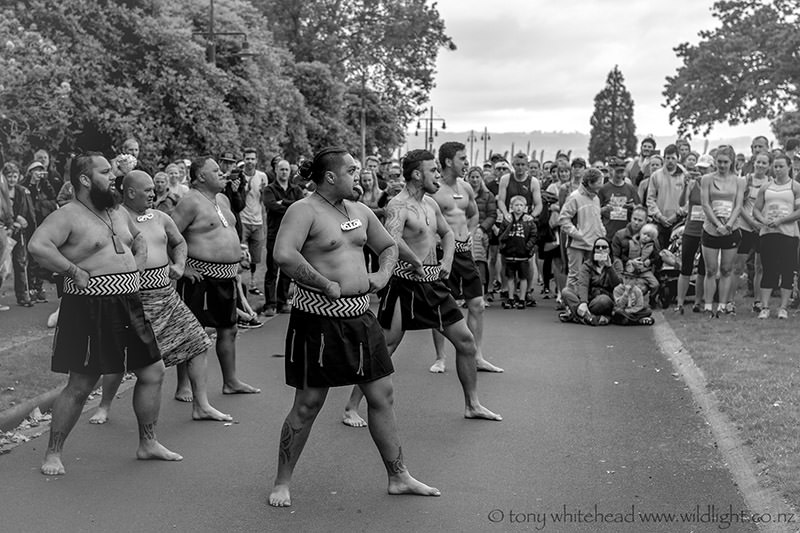
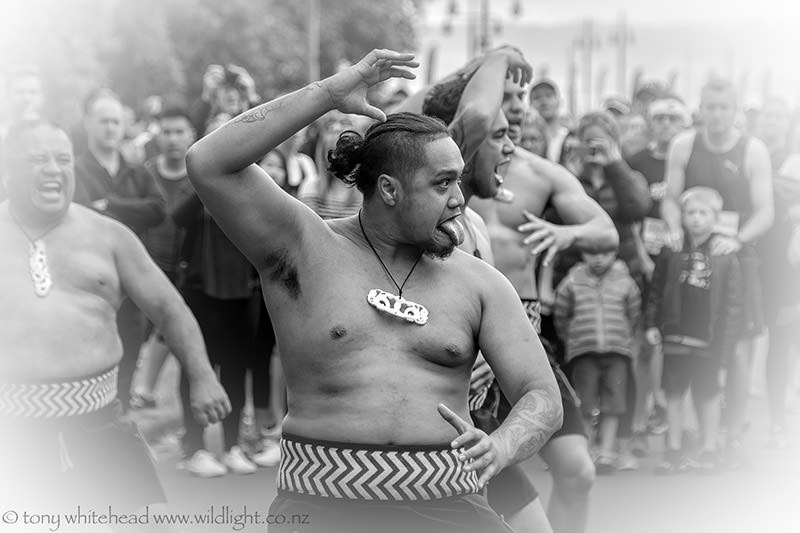
Focus tracking is a non-issue for the D500. Placing the sensor point on the chosen runner, keeping the back focus button depressed in continuous AF mode and then shooting 10fps bursts gave plenty of tack sharp images to chose from and select the most dynamic pose. The only down side for me is the less pleasing bokeh of the 24-120mm lens compared to the 70-200mm f2.8. The loss of one stop of maximum aperture was not an issue for exposure as it is an outdoor event with plenty of light.
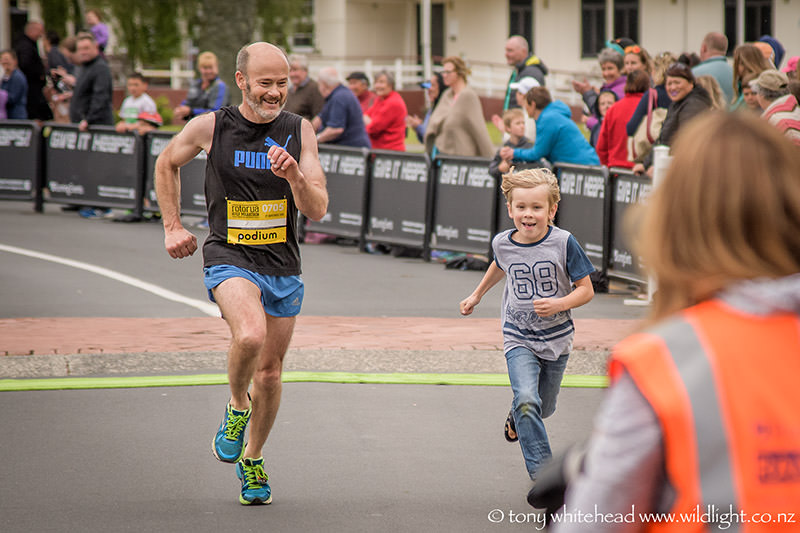

All in all it was a pleasing exercise as what I thought would be a largely a specialist tool for birds in flight has shown itself to be a light and capable tool for a completely different purpose and further justified itself as an option within my bag. Prior to this camera the last 4 Nikon bodies I had bought had all been full frame and I had decided that I was unlikely to ever buy another crop sensor Nikon body. The arrival of the D500 has turning this conclusion on it’s head and again demonstrated the versatility and benefits of the DX format.
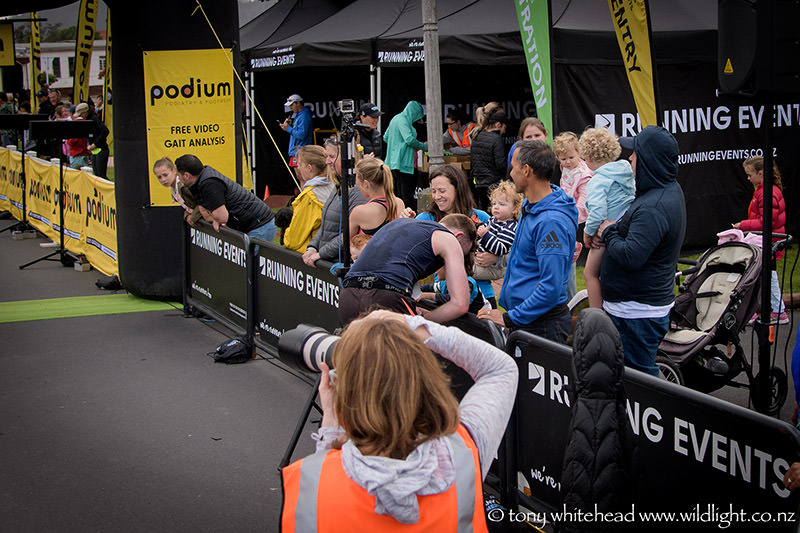
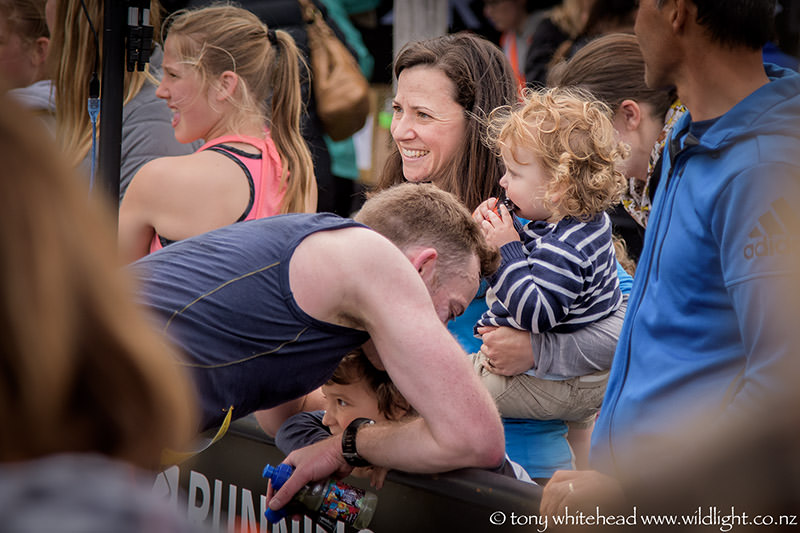
All photos with Nikon D500 and Nikon 24-120mm f4 AFS VR lens. Black and White images processed in Macphun Tonality
